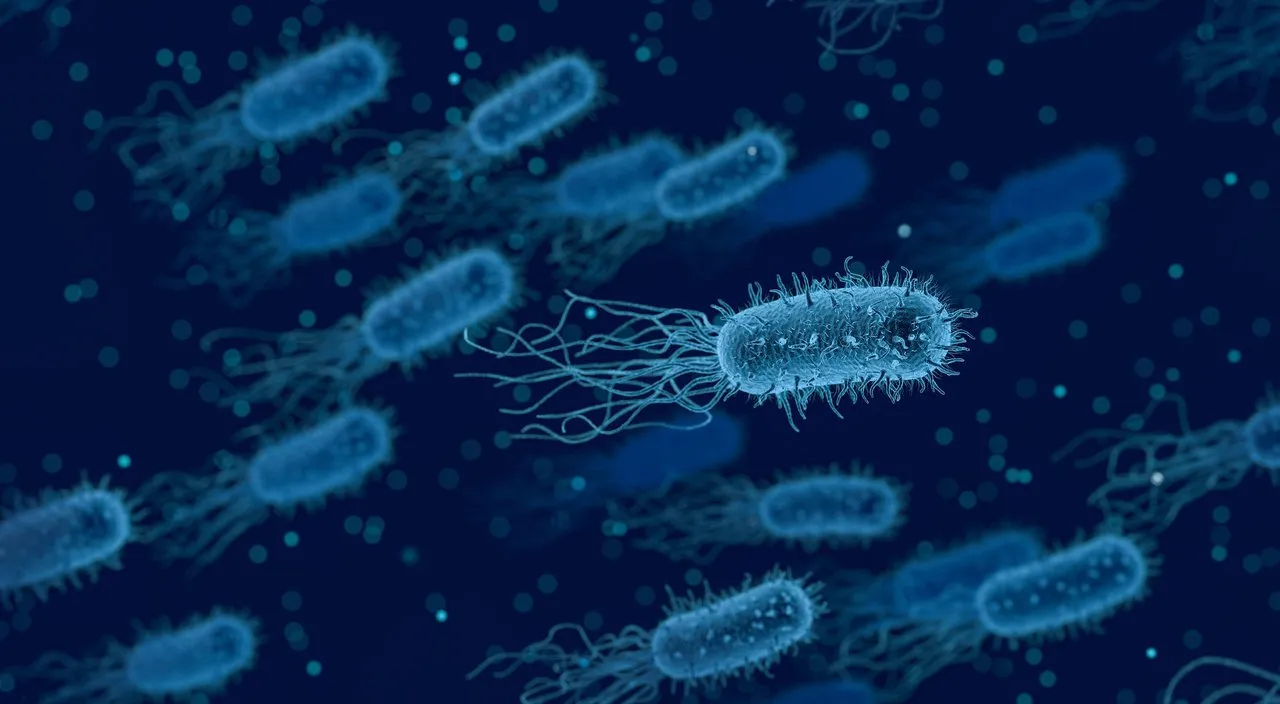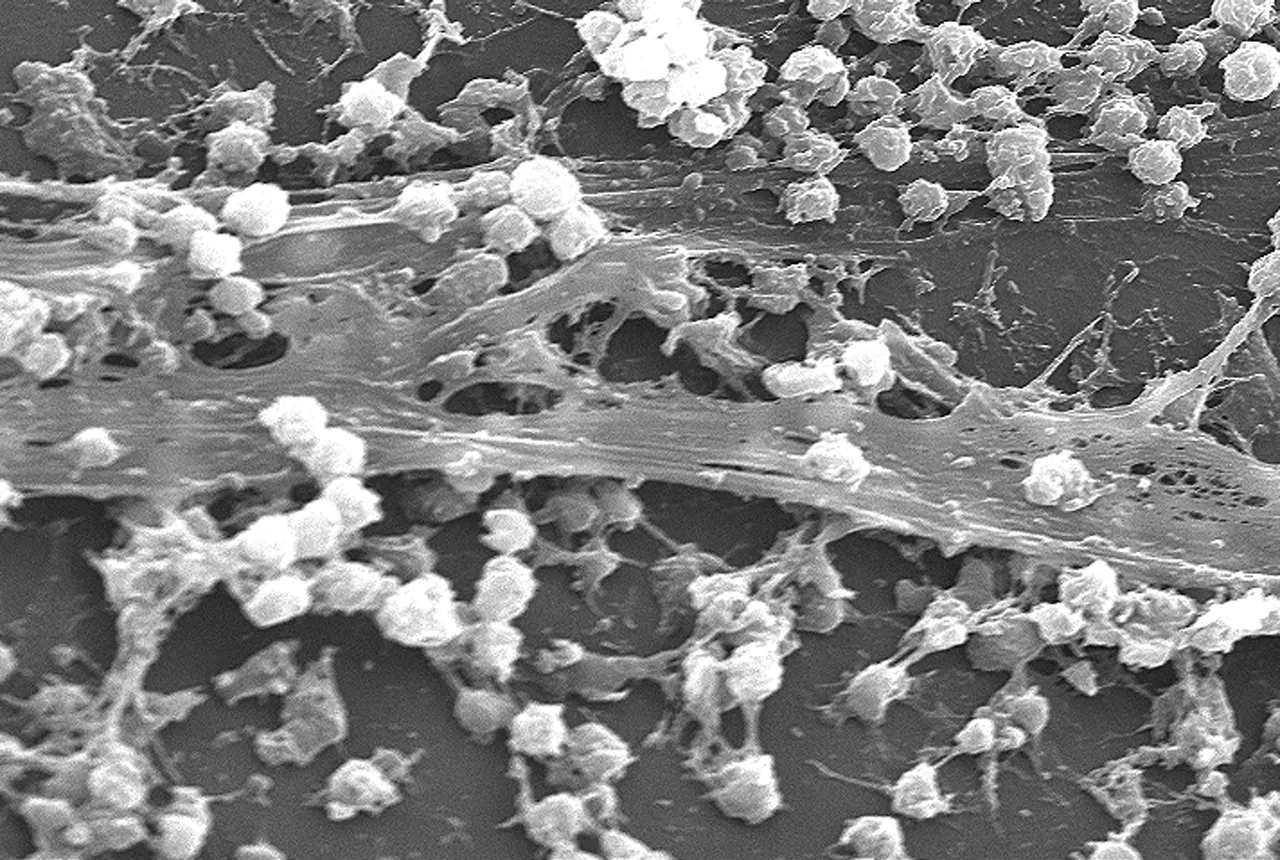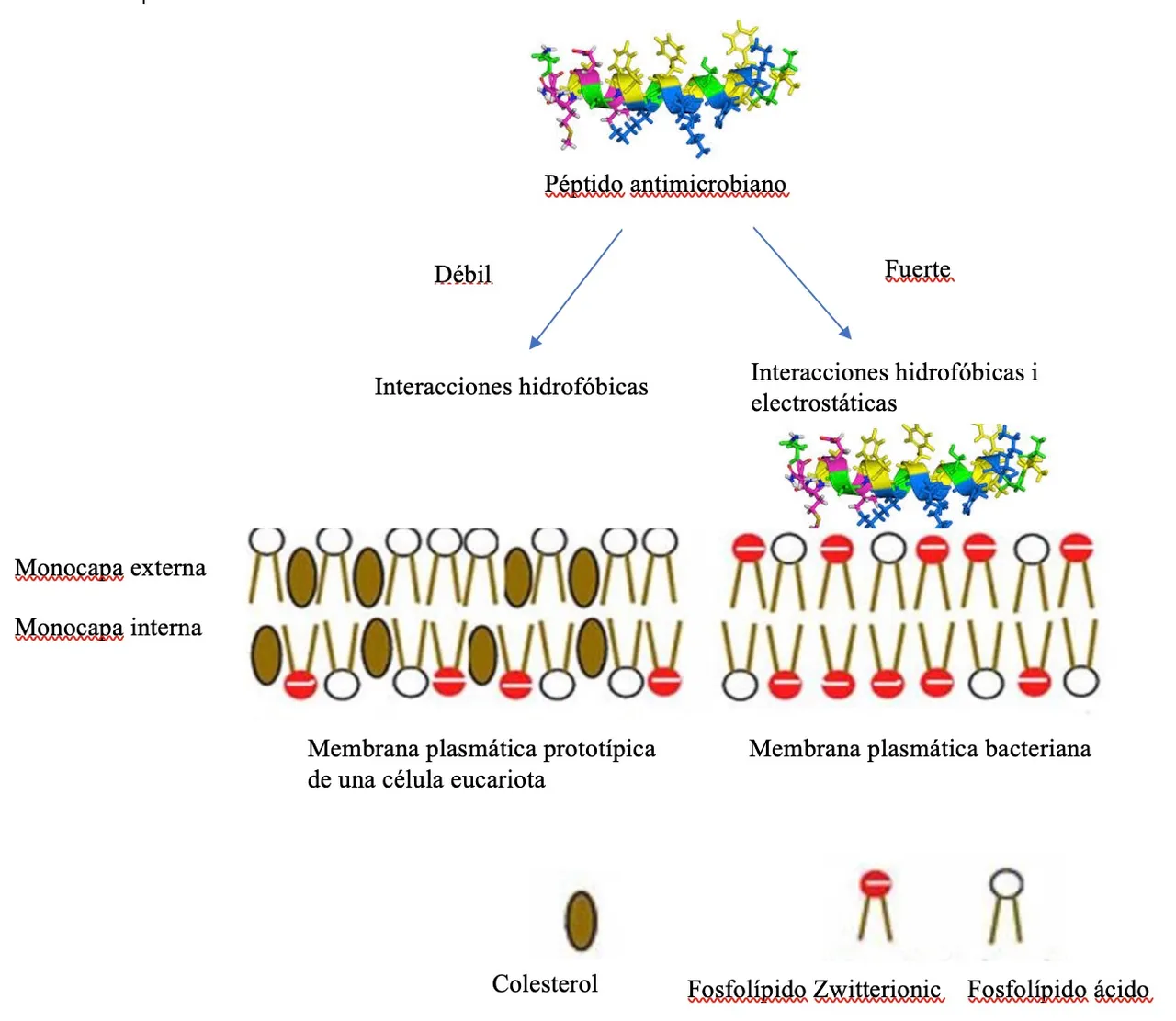 Source
SourceJust a few decades ago, you were dying to get a small cut with a knife, in childbirth or in any surgical operation, due to the infection caused by bacteria.
And this was until 1928, when Alexander Fleming discovered the first antibiotic he extracted from a fungus, penicillin, which saved countless lives from that until today.
But the problem is far from being solved, on the one hand bacteria evolve to become resistant to antibiotics and on the other, according to experts, we abuse them excessively.
As if this were not enough, bacteria have developed another mechanism to defend themselves against external attacks, they keep together among themselves and to a surface thanks to the segregation of polymeric substances, forming a biofilm that protects them.

Source
The bacteria that use this biofilm are up to 1,000 times more resistant to antibiotics than free microorganisms, and they also form in medical material such as catheters or implants, and can infect patients.
In order to combat these superbugs, experts have so-called antibacterial peptides, formed by the union of between 10 and 100 smaller molecules called amino acids, which are the building blocks of life.
Its mechanism of action is different from that of conventional antibiotics, the peptides bind by electrostatic forces to the bacteria's membrane, damaging the membrane and killing the bacteria quickly and efficiently.

Source
But despite all these advantages, only 7 of the 3,000 peptides have been approved for use in humans, the rest are unstable and are eliminated by the body or cannot be used because they are toxic.
This is where nanotechnology comes in. Nanomaterials are small enough to transport these peptides to where they are required.
This allows to increase the effectiveness of the treatment, preventing its degradation by the body and considerably reducing its toxic effects, which will speed up its approval for use in humans.


Versión en español